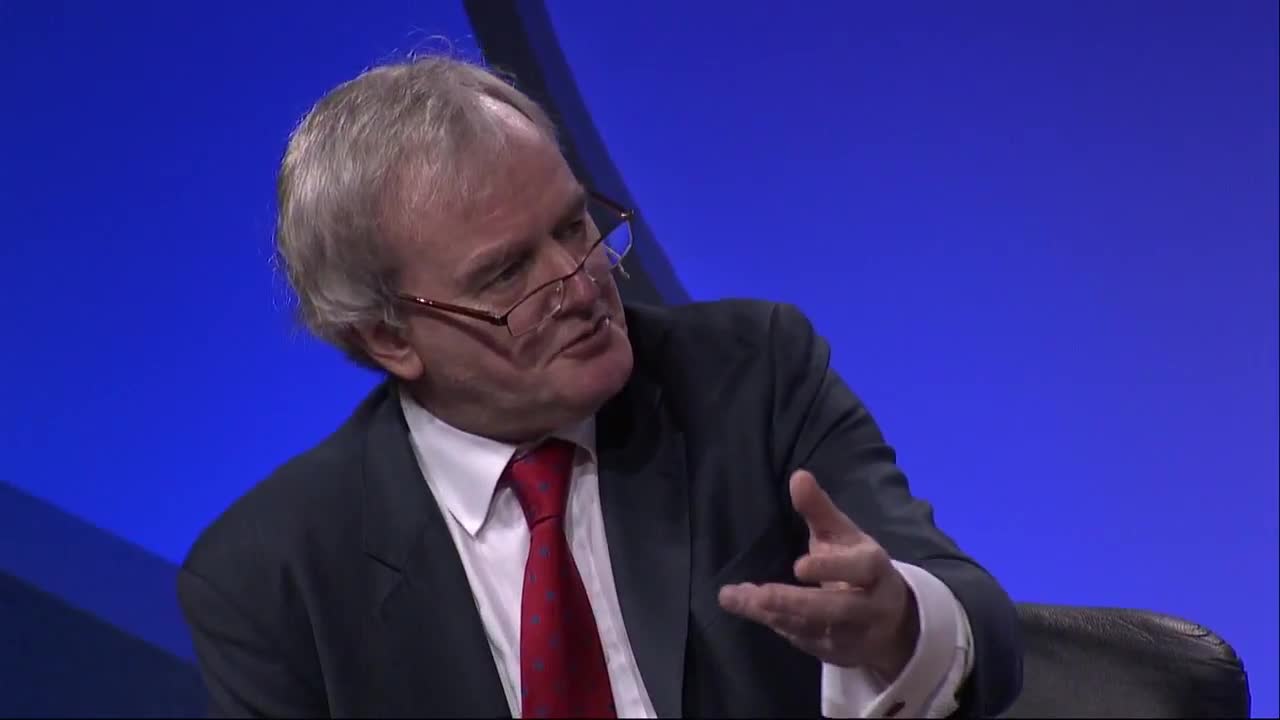Economic Growth
Economic growth is a critical metric that reflects the sustained increase in the production of goods and services within an economy. Typically measured by the rise in Gross Domestic Product (GDP) or GDP per capita, economic growth is integral to enhancing living standards and alleviating poverty. Recent evaluations indicate that global GDP growth is expected to stabilize in the range of 2.6% to 3.3%, amid numerous challenges such as geopolitical tensions and inflationary pressures. Understanding economic growth is not only essential for policymakers and economists but also for citizens as it influences job creation, income levels, and overall societal progress. Key drivers of economic growth include investment in physical capital, growth in the labor force, and advancements in technology, which together facilitate a nation's ability to expand its output effectively. Moreover, various economic theories, including endogenous growth theory, emphasize the role of innovation and human capital in achieving long-term growth. Additionally, the ongoing discussions about sustainable economic development highlight the importance of creating growth strategies that not only boost GDP but also are equitable and environmentally conscious. As nations work towards sustainable solutions, comprehending the dynamics of economic growth becomes increasingly pertinent amidst continual global shifts in economic conditions and policies.
What reforms are needed to support Small and Medium-sized Enterprises (SMEs) in Europe?
Europe needs comprehensive reforms to support SMEs, which are the engines of growth, particularly in countries like Spain and Italy. First, labor and fiscal reforms are essential foundations. More critically, Europe's financial structure must change - currently, 70% of corporate funding comes from banks (versus 30% from capital markets), the opposite of the U.S. model. This bank dependency creates vulnerability when banks delever or face capital problems. To address this, Madeline Antonik proposes two key solutions: having the European Central Bank (ECB) accept SME loans as collateral, and reopening the securitization market for SMEs. These measures would help restore capital flow to these vital businesses, enabling job creation and economic growth even as Europe's banks face ongoing challenges.
Watch clip answer (01:38m)What is the intrinsic risk-free rate and how does it explain interest rate movements?
The intrinsic risk-free rate provides a valuable framework for understanding why interest rates move over time. It represents the fundamental economic factors driving rates, distinct from the actual T-bond rate that fluctuated significantly in recent years. The difference between the intrinsic risk-free rate and actual T-bond rates was particularly notable when inflation spiked to 7-8% in 2022. Coming into 2025, this difference has narrowed to its lowest point in four years, reflecting changing economic fundamentals. These underlying economic factors, including inflation and real growth, are the primary drivers that determine interest rate movements across treasury and corporate bond markets.
Watch clip answer (00:24m)How do changes in interest rates affect company valuations?
Changes in interest rates affect company valuations differently based on underlying economic factors. Higher interest rates driven by inflation generally have neutral effects on companies with pricing power as they can pass inflation through, but negatively impact those without this ability. When interest rates rise due to higher real growth, the effects may be neutral as higher required returns are offset by higher earnings growth. The analyst emphasizes connecting interest rate forecasts to stories about inflation or real growth, rather than focusing solely on Federal Reserve actions, which has become a less useful approach in recent decades.
Watch clip answer (01:00m)Why does India need more local investment in entrepreneurship?
According to Nithin Kamath, 90% of venture capital in India (approximately $70 billion over the past decade) comes from foreign sources, resulting in 90% of wealth creation happening outside India. For India to become inclusively rich, wealth must remain within the country. No nation in history has ever prospered when its wealth creation occurs elsewhere. This requires more Indians backing Indian entrepreneurs, which would ensure economic benefits stay local and drive inclusive growth across the country.
Watch clip answer (00:56m)What are the benefits of promoting women entrepreneurship according to Lilith Asatriyan?
According to Lilith Asatriyan, promoting women entrepreneurship creates multiple benefits. When women gain economic sustainability, they become more self-confident, which positively impacts their families by providing more opportunities beyond social issues. Women's economic engagement is crucial for overall development, as it ensures higher GDP growth at both country and global levels. Moreover, women's involvement in the economic sector benefits not just women themselves but the entire population. As Lilith explains, investing in women entrepreneurs enhances economic growth while simultaneously improving family welfare. This is why organizations like hers work to provide services, encourage supportive approaches, and advocate for policies that promote women's entrepreneurship development in Armenia.
Watch clip answer (03:19m)How is VISA's Saksham Program empowering women entrepreneurs in India?
VISA's Saksham Program empowers women entrepreneurs through three key pillars: social and financial inclusion, livelihood promotion through entrepreneurship training, and social empowerment via self-help groups. The program has successfully reached over 10,500 women across India, exceeding their initial goal of 8,500 women-led businesses. Starting small in 2019 with just 20 women, it now helps women overcome barriers like early marriages, lack of vocational training, and limited financial resources. These entrepreneurs gain practical skills, market access, and confidence, transforming them into leaders and role models in their communities. The program's impact earned it a Jury Choice award at the ICC Social Impact Awards 2023-24 for promoting gender equality and women's empowerment.
Watch clip answer (05:08m)




